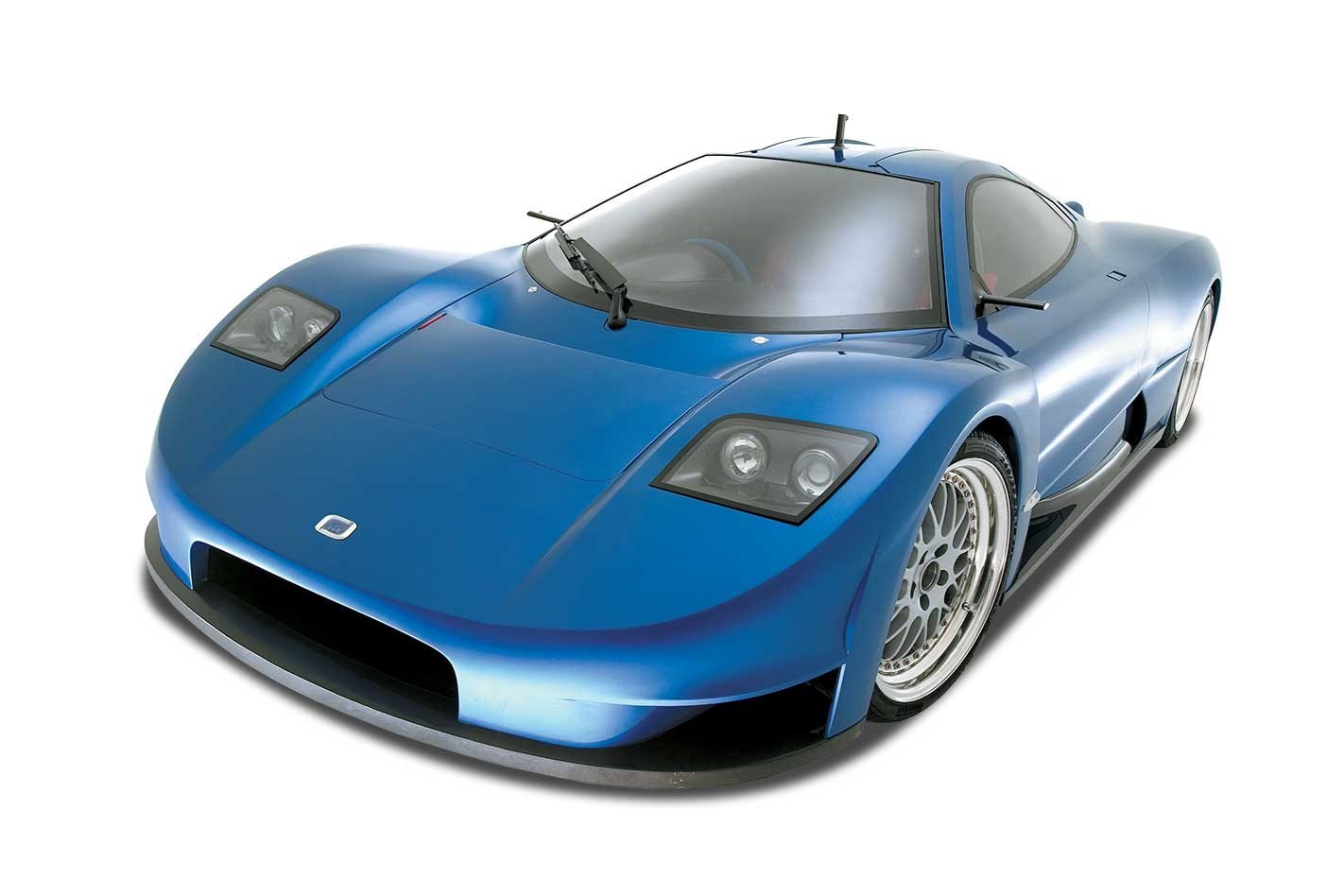Six years ago, I decided to fix the Morley family lawnmower.By lunchtime I’d reduced an otherwise useful Victa to its component parts. Oh, and lost interest. Five years and 11 months ago, I went out and bought a new lawnmower.
This feature was originally published in MOTOR magazine’s May 2004 issue
Also six years ago, a bloke called Matthew Thomas was dreaming up an Aussie supercar. But unlike my very useless self, young Matt didn’t give up on the dream.
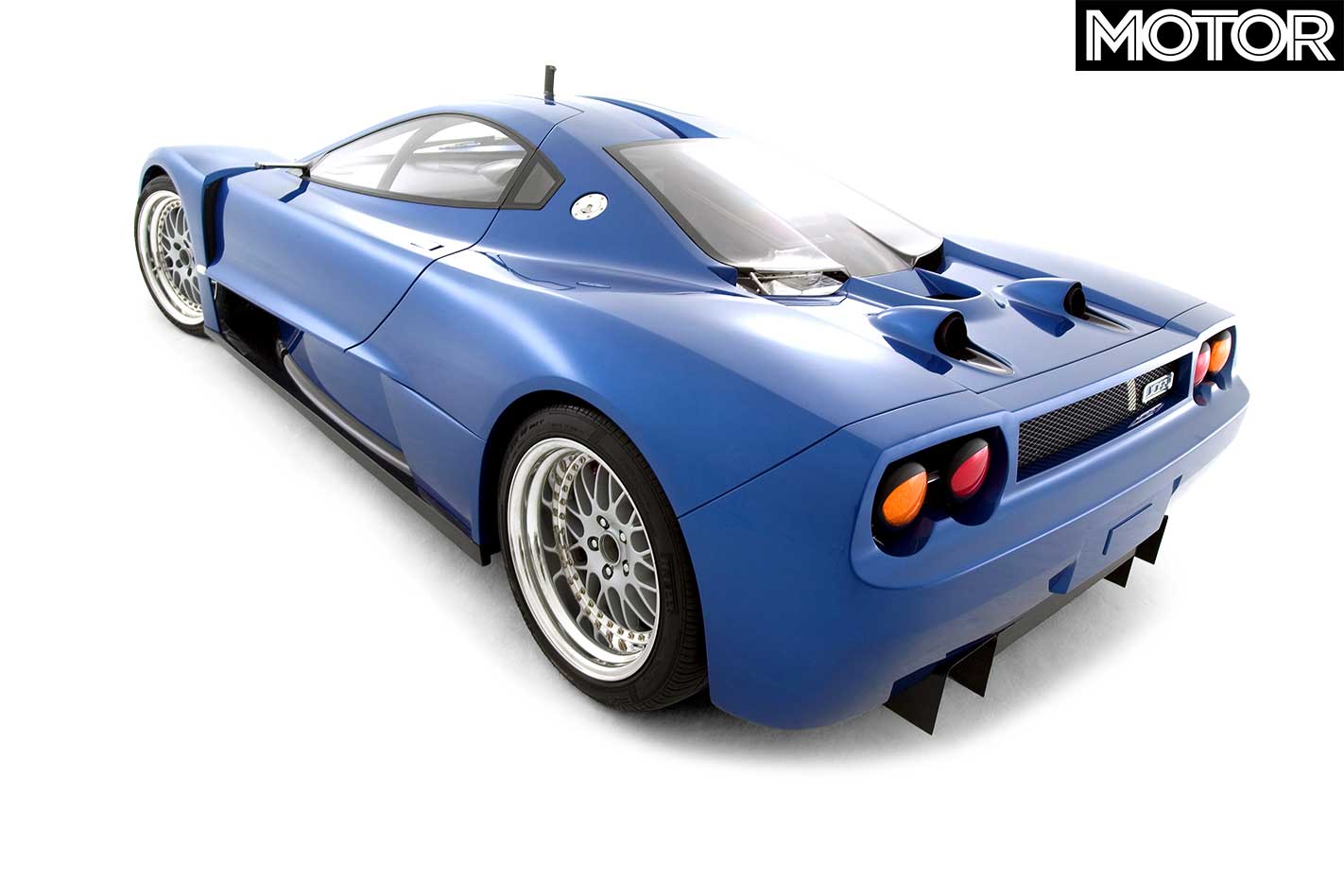
For the moment it’s a one-off prototype, but should Joss Developments attract the financial backing it so richly deserves, we could see production versions in showrooms in 18 months’ time. Ambitious, true, but that’s a word that accurately describes the whole project, and it’s impossible to sit in the Joss and for some of that enthusiasm not to rub off on you.
Since he started working on the car on weekends back in 1998, Matt has since gathered about a dozen skilled people around him, all of whom spend whatever time they can spare turning the Joss from inspired dream into carbonfibre reality. Some of the other members of the team work with Matt at Ford (where he’s a clay modeller), others are from elsewhere, but they’re all committed.
Matt’s mission statement, meanwhile, is simple: he wants to build Australia’s first supercar.
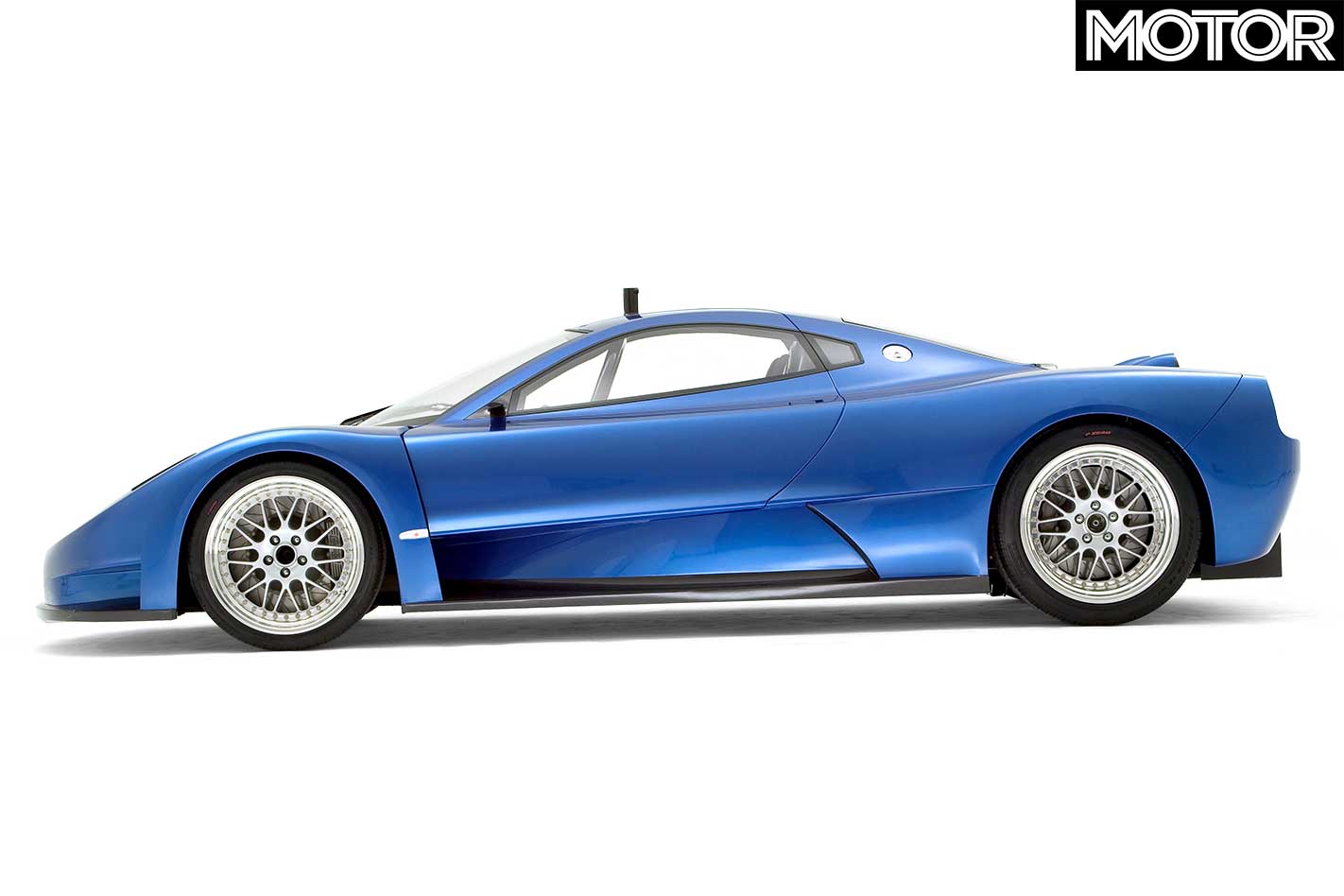
“To do that, we need to be strong as a company, and able to stay up and running,” he says. “I also want to go racing. A designer/driver has won a world championship [Sir Jack Brabham, no less] but the same combination has never won Le Mans.” Jeez, this bloke clearly thinks big.
Then he drops the ‘F’ word. Yep, Ferrari is not a name Matt’s afraid to list as a performance target, along with Pagani as a yardstick of low-volume build quality. But, if he’s as serious as the prototype, then maybe the bloke is on to something.
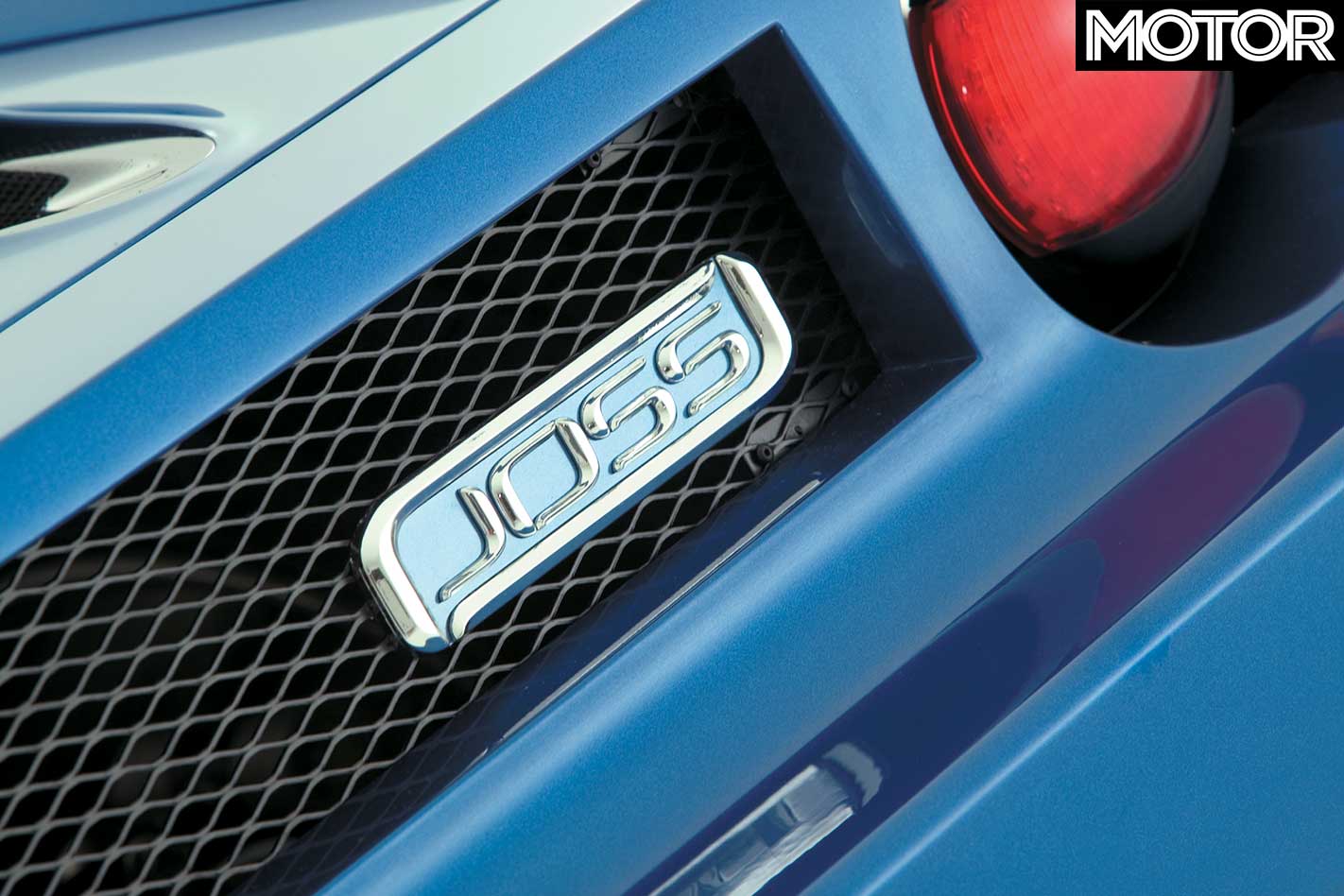
Then again, the mule is a long, long way from production-ready, even though it’s already swallowed better than $300,000 of Matt’s own gold and is worth about $2 million if you factor in the man hours.
But the basics are there and the performance is said to be shattering, with 0-100km/h in comfortably under four seconds and a standing 400-metre time of around 11 seconds flat. And that, kids, is firmly in McLaren F1 territory.
So what makes it tick? Well, the chassis for now is a welded steel spaceframe with unequal length, fully adjustable double wishbones at each corner. The body is a combination of kevlar, carbonfibre and glass fibre, with a little bit of aluminium honeycomb thrown in for good measure.

In the production version, the plan is to use a carbonfibre tub construction with a suspension setup that Matt says will be a true revolution in the science of suspending a car. More than that, however, he won’t say — can’t say, actually, due to contractual obligations. Frustrating perhaps, but we’ll just have to wait.
Then there’s the issue of using established technology to make the Joss a real boat-rocker, versus making it a kind of guinea pig for somebody else’s big ideas. I mean, you’d be kicking yourself if you’d designed a pukka supercar and then offered up the production version as a test bench for the latest in tartan vinyl upholstery.
Matt is similarly cagey about the origins of the engine, but know this: this is not an off-the-shelf motor retuned for supercar duties. It is, in fact, all-Australian: designed and made in Melbourne, to be precise, and for now at least, exclusive to the Joss, a situation Matt hopes to perpetuate.

An all-alloy V8, the engine has a capacity of 6.8 litres, but surprisingly uses pushrod valve actuation and a humble two valves per cylinder. Injection is an in-house setup for now, but Matt says the production car could well use a Motec unit or something similar. Designed to run on pump PULP, the mill uses a 10:1 compression ratio.
Depending on a few variables, output will vary, but for now it’s 360kW and a beefy 650Nm of torque, which Matt is smart enough to acknowledge is a more meaningful figure than a peak horsepower number any day of the week.
Matt has driven the mule at Calder and reckons he has never, ever driven anything with torque like the Joss. But then he would say that, wouldn’t he? I’m still inclined to believe him, however.

Its gearbox is the Porsche G50 unit that was used in the 911 from 1987 onwards in 3.2-litre form, but the production version is likely to use a clutchless manual with a sequential paddle shift.
Brakes are monster Harrops with six-pot calipers up front and four-potters out back, and the whole plot weighs in at just 940kg. A Jenny Craig-beating 800kg fully wet kerb weight is the target for the production version, and if it’s achieved, the Joss would have a vastly superior weight-to-power ratio (try 2.2kg/kW) to even that legendary McLaren F1. Getting the idea, here?
Look, I don’t know whether Joss Developments will ever get off the ground as a manufacturer of production cars. Plenty of similar projects have been still-born in the past, but if enthusiasm counts for anything, the Joss is already a winner. And there are at least four other people who are inclined to agree, because that’s how many orders Joss Developments is already holding. Not deposits, mind you, but firm orders just the same.
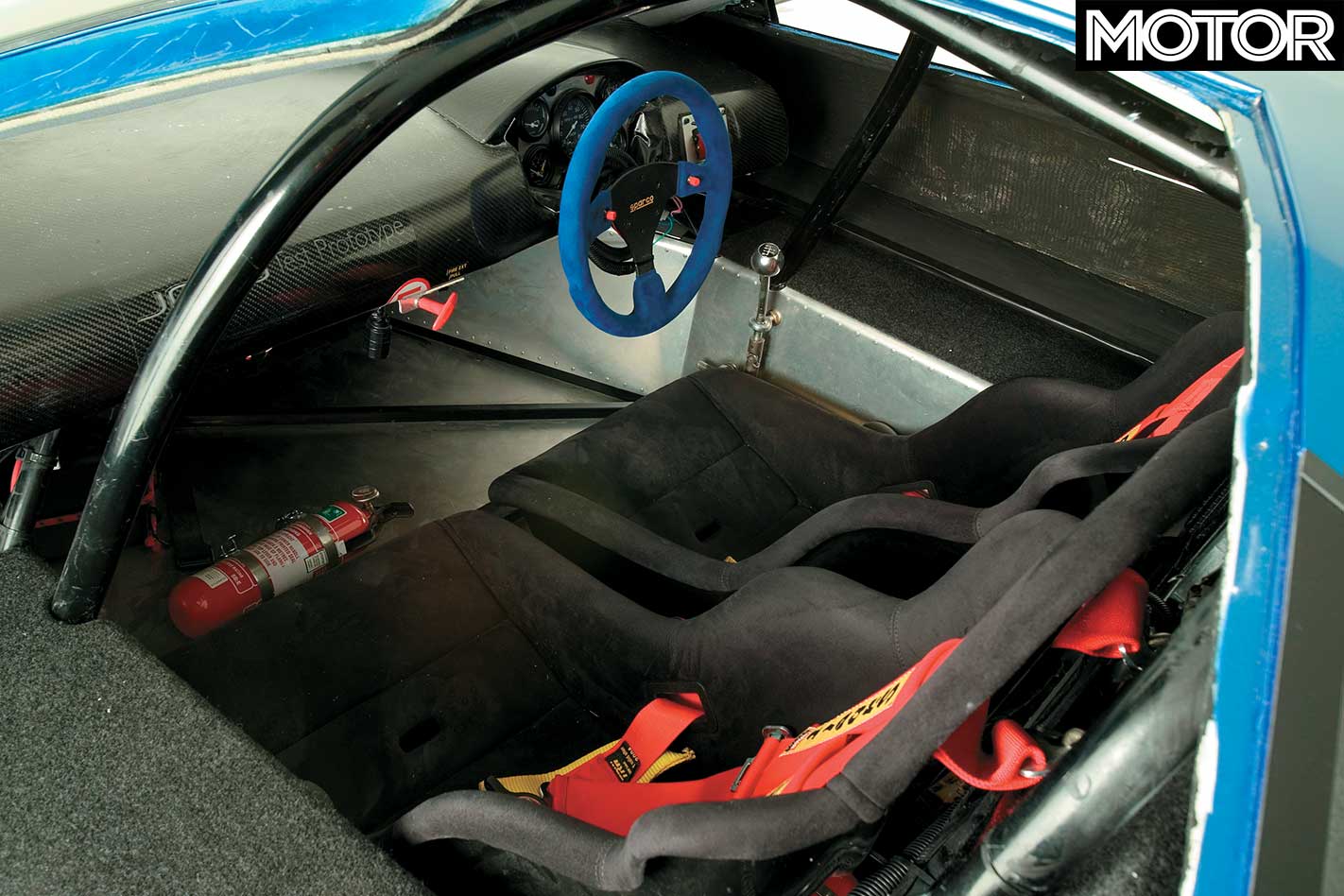
But there’s a long way to go. The interior is anything but resolved, and I mean totally. There’s a carbonfibre dashboard, some proprietary instruments, and a whole bunch of barely finished, untrimmed bits and pieces.
The windows don’t open, the door inners aren’t trimmed at all, and even the interior door handles don’t exist beyond a crude lever. Oh, and the dominating piece of interior equipment is an exposed roll cage that forms an integral part of the spaceframe.
Clearly, Mr Thomas is going to have to continue to surround himself with talented people with special skills if a saleable car with a projected price tag of around $500,000 is to be the end result. That matter, though, seems to be partly in hand, and Matt reckons he has a few of the key people from Europe teed up to drag their swags over here as soon as the finance is in place.

In a lot of ways, the Joss throws up more questions than it answers — things like, what gearbox it will use; will people shopping in the high-tech aisle go for a car with pushrods; and will anybody stump up half a mill for an unknown brand when they can score a Ferrari for the same money?
And then there’s the small matter of finding a backer to provide the cubic bucks that such a project will consume quick-smart.
There’s also a final question: does Australia need its own supercar? Dumb question. Of course we do. You know it makes sense.
The Voice of Experience
Exactly what makes a 34-year-old clay modeller think he’s got what it takes to design a true world-beater? “I don’t know, but I was always a dork at high school, always drawing cars when I should have been doing other things. And I always wondered why we [Australia] didn’t have our own supercar.”
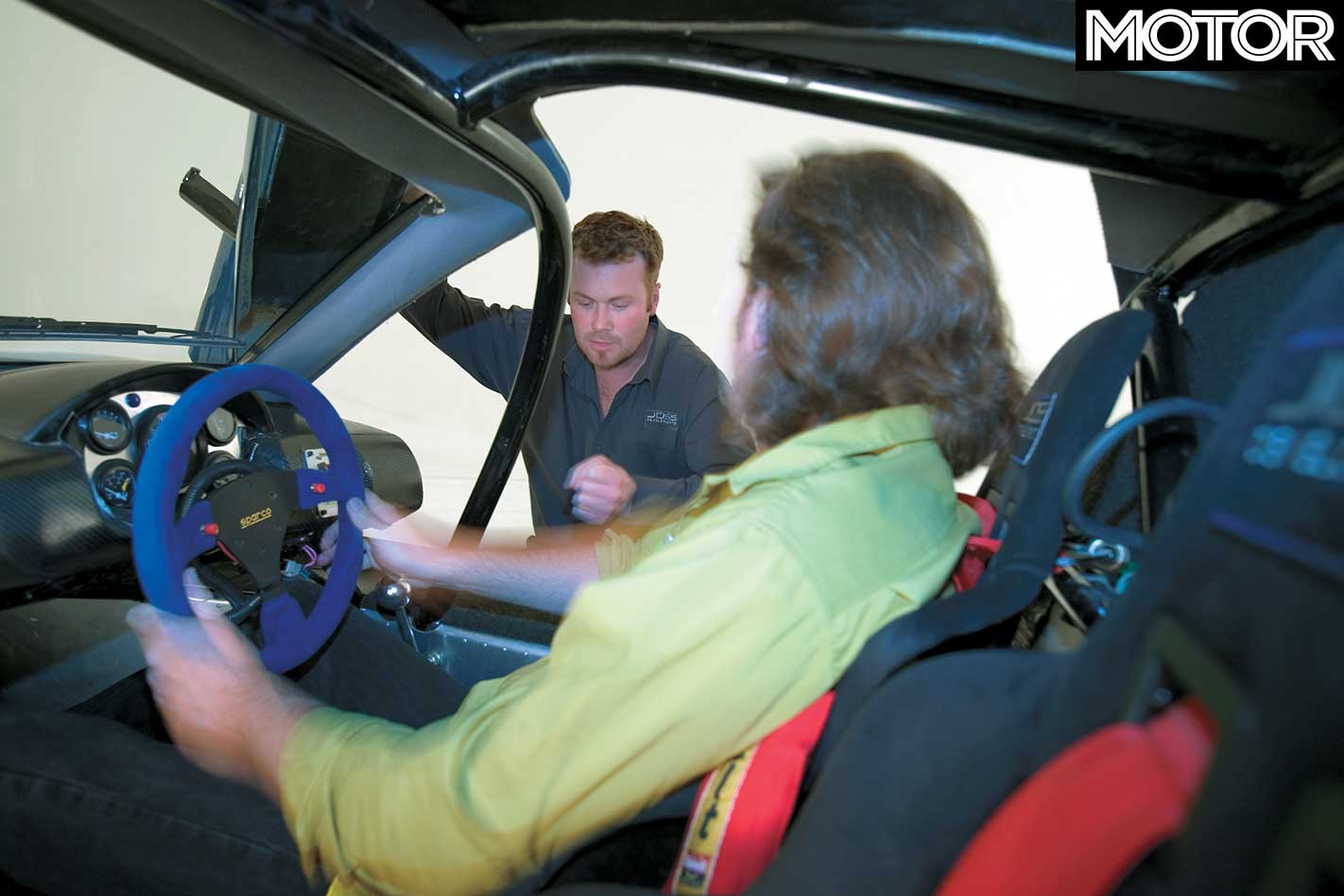
Matt also has a few runs on the board when it comes to getting off his jacksie and putting in the hard yards. For a start, he’s been talking to the right people, including Jackie Stewart and McLaren F1 designer Gordon Murray.
After leaving high school, Matt decided he needed experience in Europe, where he worked as a clay modeller for British design house Futura and then at Stewart Grand Prix, making wind-tunnel models.
FAST FACTS JOSS SUPERCAR PROTOTYPE
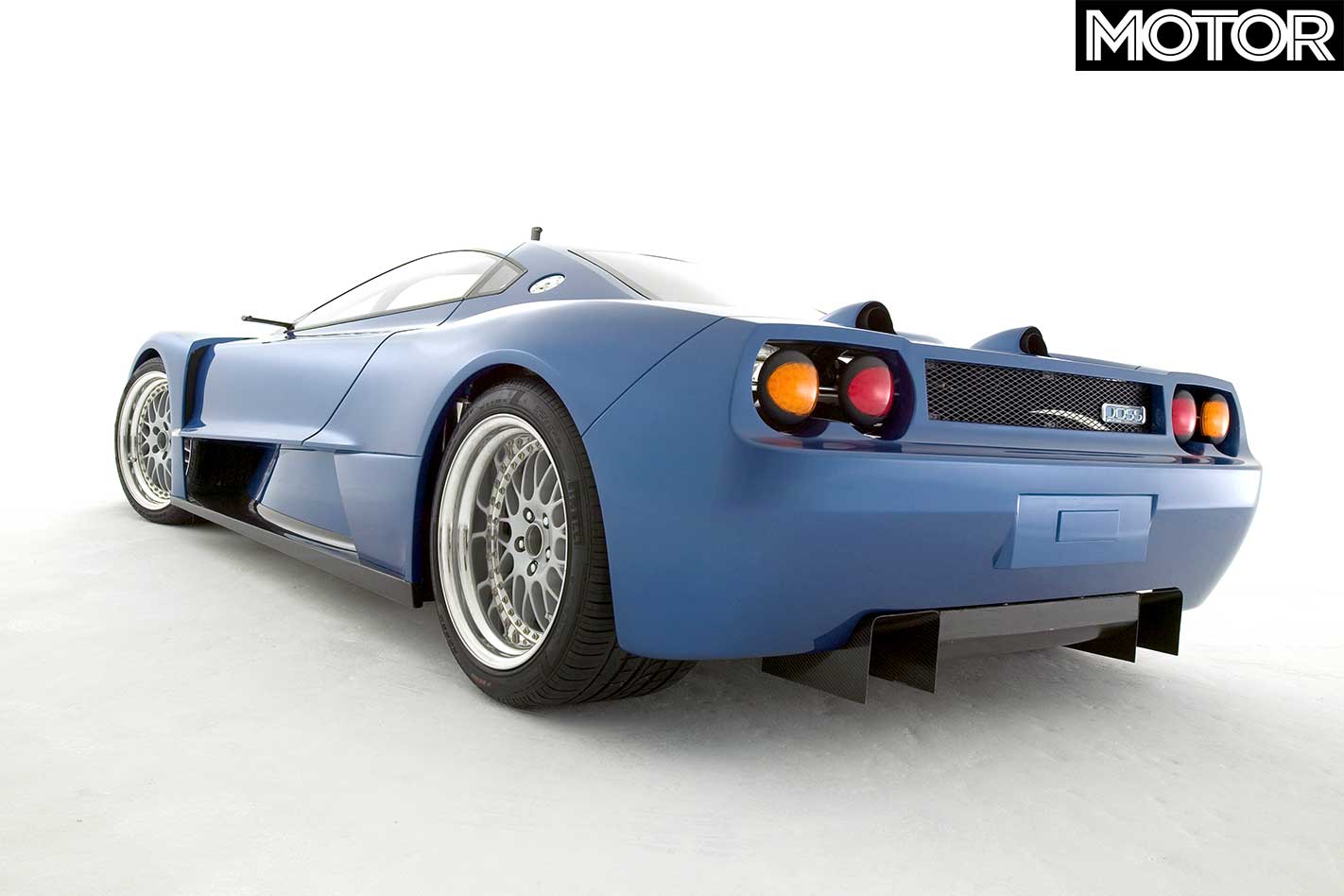
BODY: 2-door supercar DRIVE: rear-wheel ENGINE: mid-mounted all-alloy, dry-sump 6.8-litre pushrod 16V V8 POWER: 360kW @ 5750rpm TORQUE: 650Nm @ 2800rpm COMPRESSION RATIO: 10:1 BORE X STROKE: 104.78mm x 95.25mm WEIGHT: 940kg POWER-to-WEIGHT: 383kW/tonne SPECIFIC POWER: 52.9kW/litre TRANSMISSION: five-speed manual transaxle SUSPENSION: double unequal length wishbones, coils, adjustable dampers (f & r) L/W/H: 4150/1860/1050mm WHEELBASE: 2560mm FUEL: not confirmed, PULP BRAKES: 380mm Harrop discs, six-piston calipers (f); 360mm Harrop discs, four-piston calipers (r) STEERING: power rack and pinion WHEELS: 18 x 9.0-inch Simmons (f); 18 x 13.5-inch Simmons (r), alloy TYRES: Pirelli P-Zero Rosso, 245/35 ZR18 (f); 335/30 ZR18 (r) PRICE: $500,000 (estimated)

